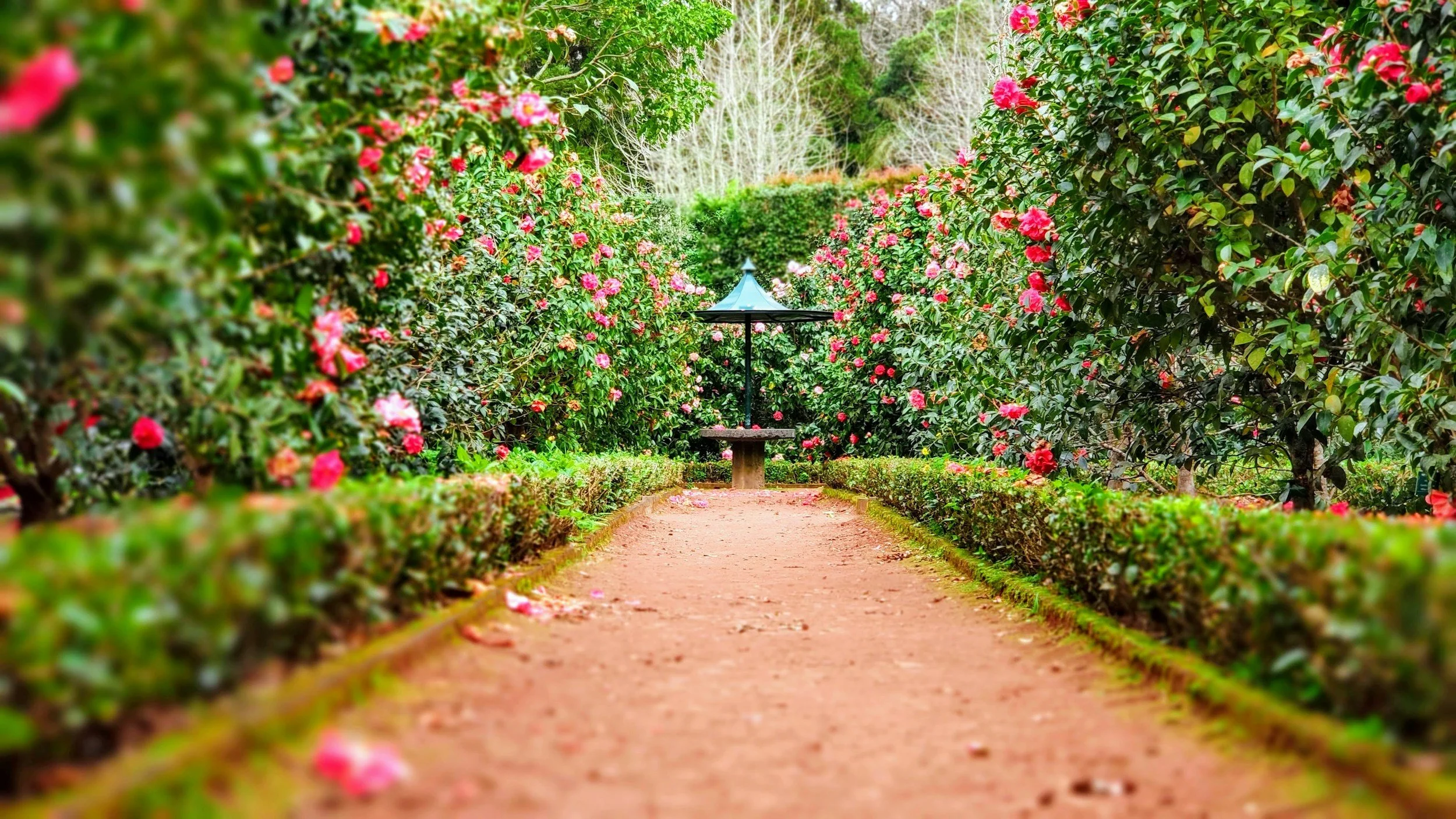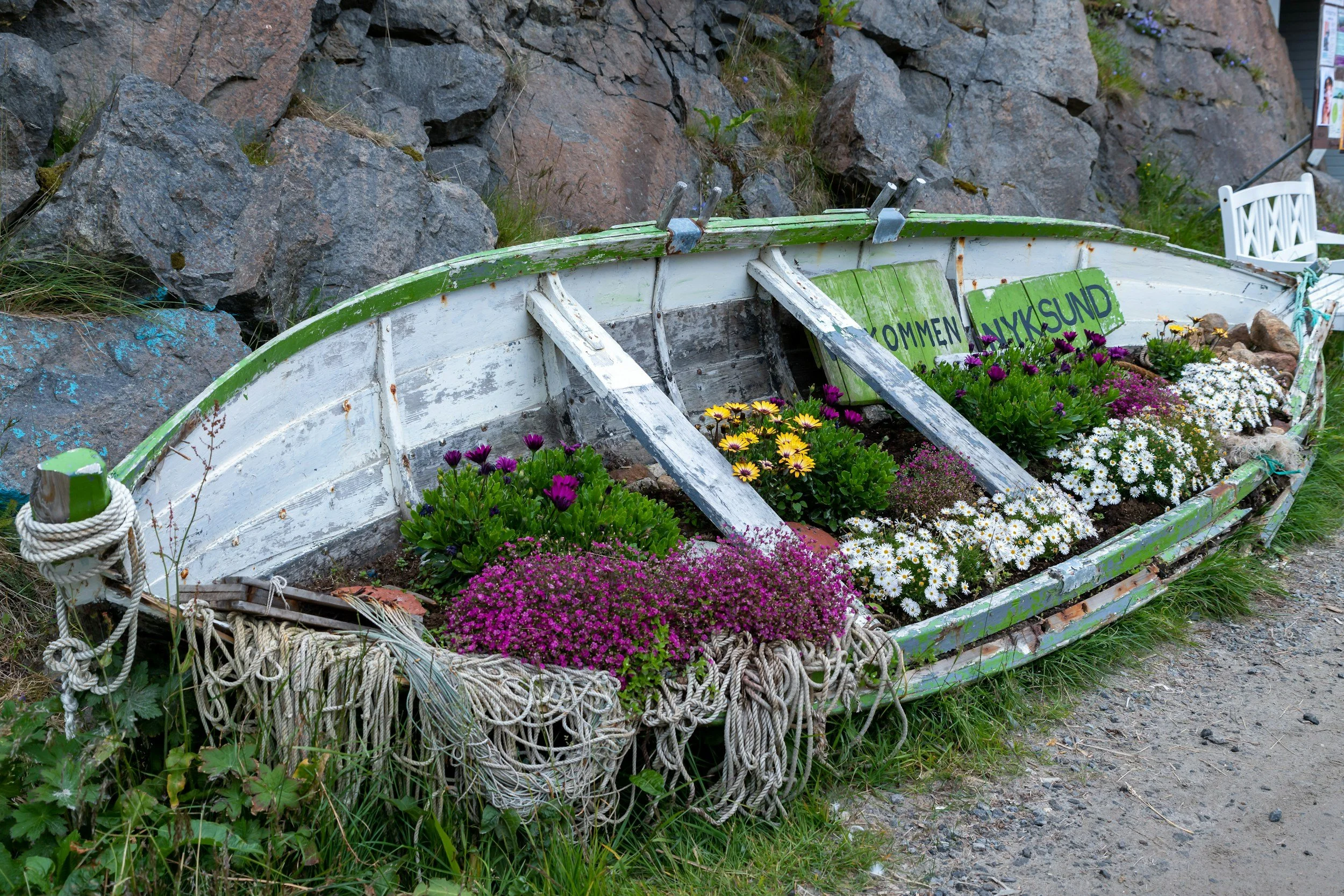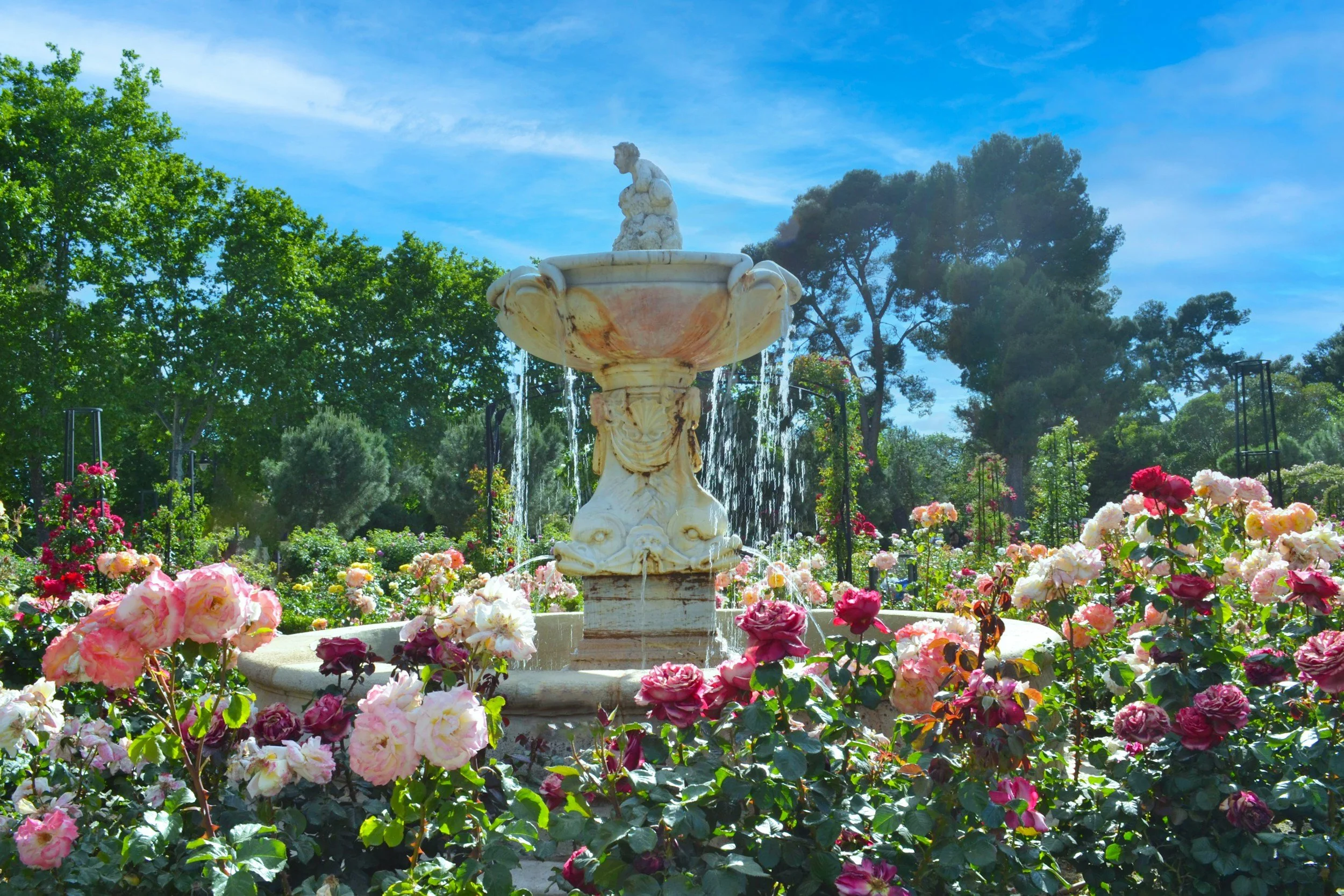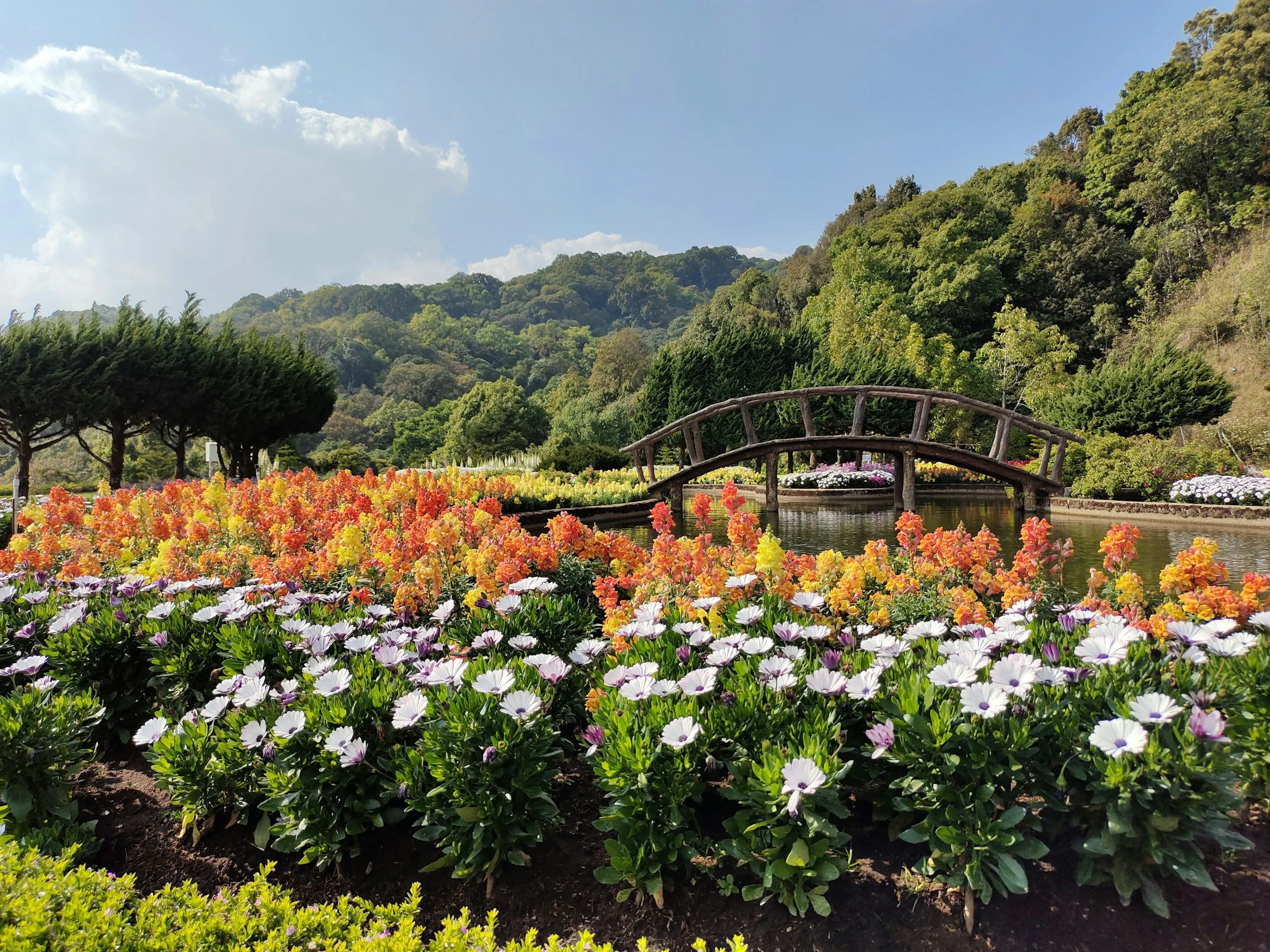10 Landscape Design Tips for a Stunning Augusta Garden
Creating a stunning garden is an achievable goal for every homeowner, especially in the vibrant Augusta area. With the right landscape design tips, you can transform your outdoor space into a beautiful sanctuary that not only enhances the curb appeal of your home but also provides a perfect retreat. In this post, we'll explore essential tips that will guide you in designing a garden that reflects your personality and complements your surroundings.
1. Embrace Native Plants for a Lively Garden
When selecting plants for your garden, consider choosing native species that thrive in the Augusta climate. Native plants are wonderfully adapted to the local soil and weather conditions, requiring less water and maintenance than non-natives. For example, the vibrant Purple Coneflower or the graceful Black-eyed Susan not only beautify your garden but also attract pollinators like bees and butterflies.
Incorporating native plants promotes biodiversity, which is essential for a healthy ecosystem. By enhancing the garden with plants that flourish naturally in your area, you’ll foster a lively environment that supports local wildlife. This not only contributes to the beauty of your landscape design but also makes your garden a sanctuary for nature.
2. Designing Functional Outdoor Spaces
A well-designed garden does not just look good; it should serve practical purposes too. Start by evaluating how you wish to use your outdoor space. Do you envision hosting family gatherings, enjoying quiet moments with a book, or creating a play area for children? By defining their intended functions, you can create zones that encourage those activities.
Consider elements like pathways, patios, and seating areas that enhance usability. For instance, a simple stone pathway leading from your home to a cozy seating area not only provides easy access but also adds visual interest. By integrating functional features with aesthetic appeal, your landscape design becomes a true extension of your living space.
Additionally, choosing evergreen plants can provide structure and beauty year-round, ensuring your garden is visually appealing in all seasons. Incorporating functional elements creates a harmonious balance that transforms your garden into a versatile space where life can flourish.
3. Incorporating Water Features for Serenity
Creating a peaceful ambience in your garden can take many forms, but few features evoke tranquility quite like water. Whether it’s a small fountain, a pond, or a simple birdbath, the gentle sound of water can create a serene retreat in your own backyard. This calming element not only provides aesthetic beauty but also attracts various wildlife, enriching the garden experience.
A pond, for example, acts as a focal point and encourages biodiversity. You can enhance this natural water feature with native aquatic plants like Water Lilies, which provide shelter for fish and other creatures. Moreover, adding lighting around your water features allows for enchanting evenings spent outdoors, as the shimmering lights reflect off the water, creating a magical atmosphere.
4. Choosing the Right Hardscaping Materials
Hardscaping is a vital part of landscape design, providing structure and functionality to your garden. When selecting materials, aim for those that offer durability and complement your home’s style. Options like natural stone, brick, or pavers not only ensure longevity but also add character to your outdoor space.
Think about the textures and colors that resonate with you. A rustic stone walkway or a sleek concrete patio can completely transform the atmosphere of your garden. In addition, integrating permeable surfaces can contribute to sustainability by allowing water to infiltrate the ground rather than run off, helping to replenish groundwater.
Ultimately, the materials you choose should reflect your personal style while considering maintenance needs. A well-considered hardscape integrates seamlessly into your landscape design, ensuring a balanced and harmonious garden.
5. Creating Visual Interest with Garden Structures
Garden structures like arbors, trellises, and pergolas not only add height and dimension to your landscape design but also serve functional purposes, such as providing shade or supporting climbing plants. These elements can act as focal points that draw the eye and enhance the overall design of your outdoor space.
For instance, a beautifully crafted arbor draped with climbing roses creates an inviting passage that adds charm to any garden path. Additionally, trellises can be used to create privacy screens adorned with flowering vines, thereby increasing the seclusion of your outdoor retreat.
Don’t be afraid to get creative with your garden structures. You might consider hanging lanterns from a pergola or using wooden beams to create a stunning entrance to your garden. By incorporating these elements, you not only bring personality into your design but also create spaces that encourage exploration and relaxation.
6. Planning for Seasonal Color Changes
A garden that changes with the seasons brings a dynamic quality that keeps the landscape interesting year-round. To achieve this, carefully plan your plant selections to ensure a blooming cycle that spans throughout the year. For example, spring bulbs like daffodils and tulips can kick off the gardening season with vibrant colors, while summer perennials such as Lilies and Peonies add ongoing appeal.
In the fall, consider incorporating plants like Asters and ornamental grasses that offer beautiful foliage changes, providing warmth and color as summer fades. Lastly, the addition of evergreens ensures that your garden retains structure and color even during the winter months. This thoughtful approach creates a cohesive and continually evolving landscape design that captivates at every glance.
7. Incorporating Edible Plants in Your Landscape
Why restrict your gardening efforts solely to ornamental plants when you can grow edible options that are both beautiful and functional? Edible landscaping is a wonderful trend that allows you to cultivate fruits, vegetables, and herbs without sacrificing aesthetics. Imagine plucking fresh tomatoes from a vine entwined around a trellis or harvesting fragrant basil just a few steps from your kitchen.
Strategically incorporating these edible plants into your design fosters not only sustainability but also enhances the pleasure of gardening. You can create raised beds filled with vibrant peppers and greens, surrounded by flowering annuals for added texture. Moreover, choosing colorful vegetable varieties like purple carrots or rainbow chard adds visual interest while satisfying your culinary needs.
Be creative with placements. Instead of hiding your herbs in a dedicated section, use them as borders or integrate them throughout perennial beds to create a diverse and practical garden.
8. Maximizing Small Spaces with Vertical Gardening
If you’re working with a limited garden area, vertical gardening could be your best solution. This innovative approach allows you to maximize space and create a lush garden, even in the smallest of backyards. By utilizing walls, fences, and trellises, you can grow plants upward rather than outward, which also adds a unique aesthetic to your landscape design.
Consider installing a vertical planter that showcases cascading flowers or herbs, allowing you to enjoy greenery without occupying precious ground space. Climbing plants, such as peas or jasmine, can also add beauty while improving air quality and providing shade. If you think outside the box, you can create vertical gardens using repurposed materials like wine crates or pallet racks, fostering a sense of creativity and personal touch.
9. Lighting to Enhance Your Garden at Night
Garden lighting is essential for showcasing your landscape design and allowing you to enjoy your outdoor space even after nightfall. Thoughtful placement of lights can highlight pathways, illuminate key features, and create a warm ambiance that encourages evening gatherings. Consider using soft lights along pathways to enhance safety while also creating an inviting environment.
Spotlights can draw attention to focal points such as sculptures or trees, ensuring they stand out in the evening hours. Additionally, incorporating fairy lights can infuse a sense of whimsy into your garden, perfect for entertaining under the stars. Solar-powered lights are a sustainable choice that does not require extensive wiring while providing a variety of creative designs.
10. Regular Maintenance for Lasting Beauty
No landscape design can achieve its true potential without regular maintenance. Setting aside time for tasks such as pruning, weeding, and watering is essential for your garden's health and beauty. A well-maintained garden not only enhances its aesthetics but also promotes vigorous plant growth and vibrant blooms.
Create a seasonal checklist that outlines necessary tasks throughout the year. In the spring, focus on cleaning up debris and preparing soil; summer maintenance involves deadheading flowers and managing pests; while fall requires clean-up and planting for next year. Incorporating regular maintenance allows you to enjoy the fruits of your labor while keeping the landscape looking its absolute best.
In the end, a little effort goes a long way in preserving the beauty of your garden, ensuring your landscape design continues to flourish for years to come.





